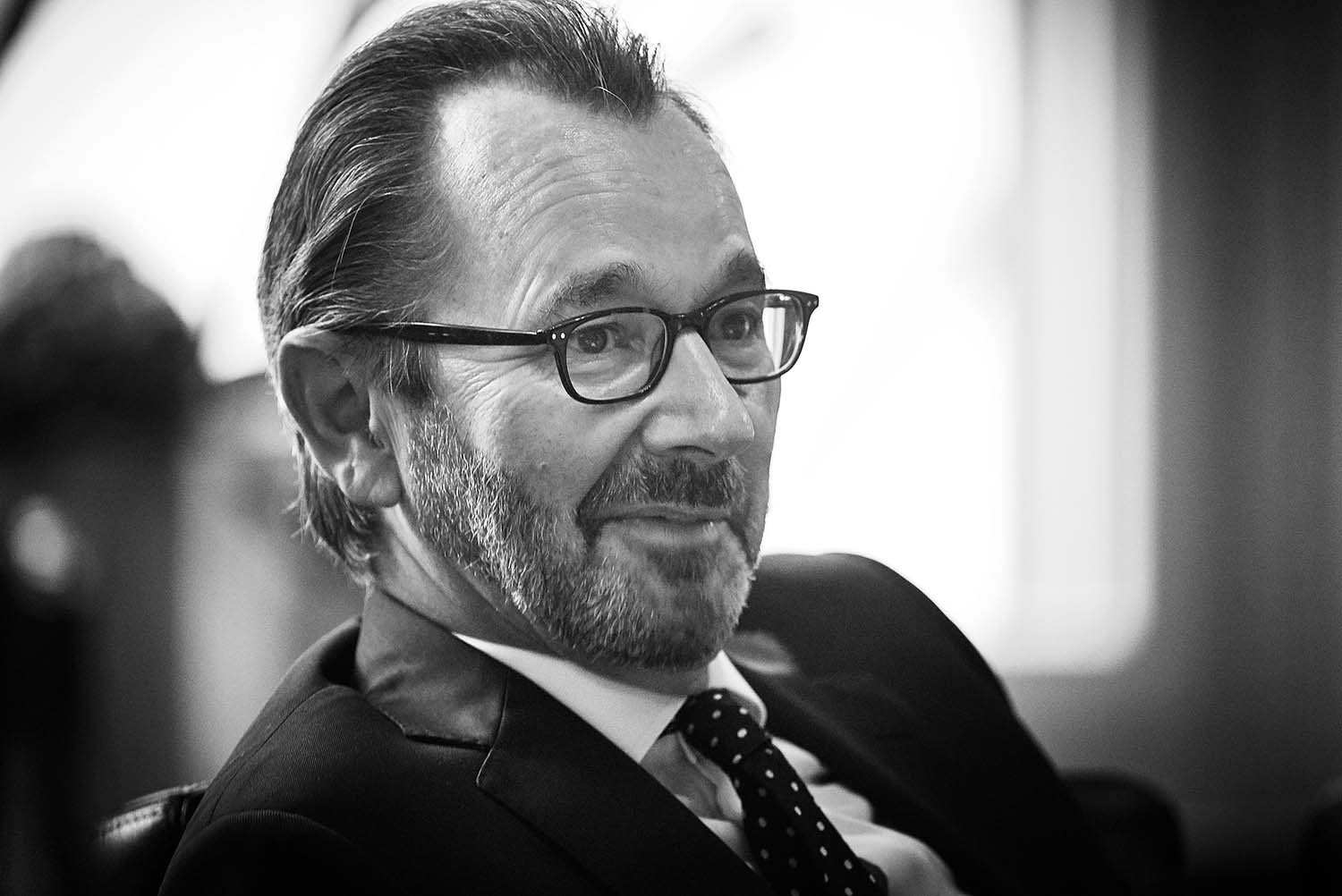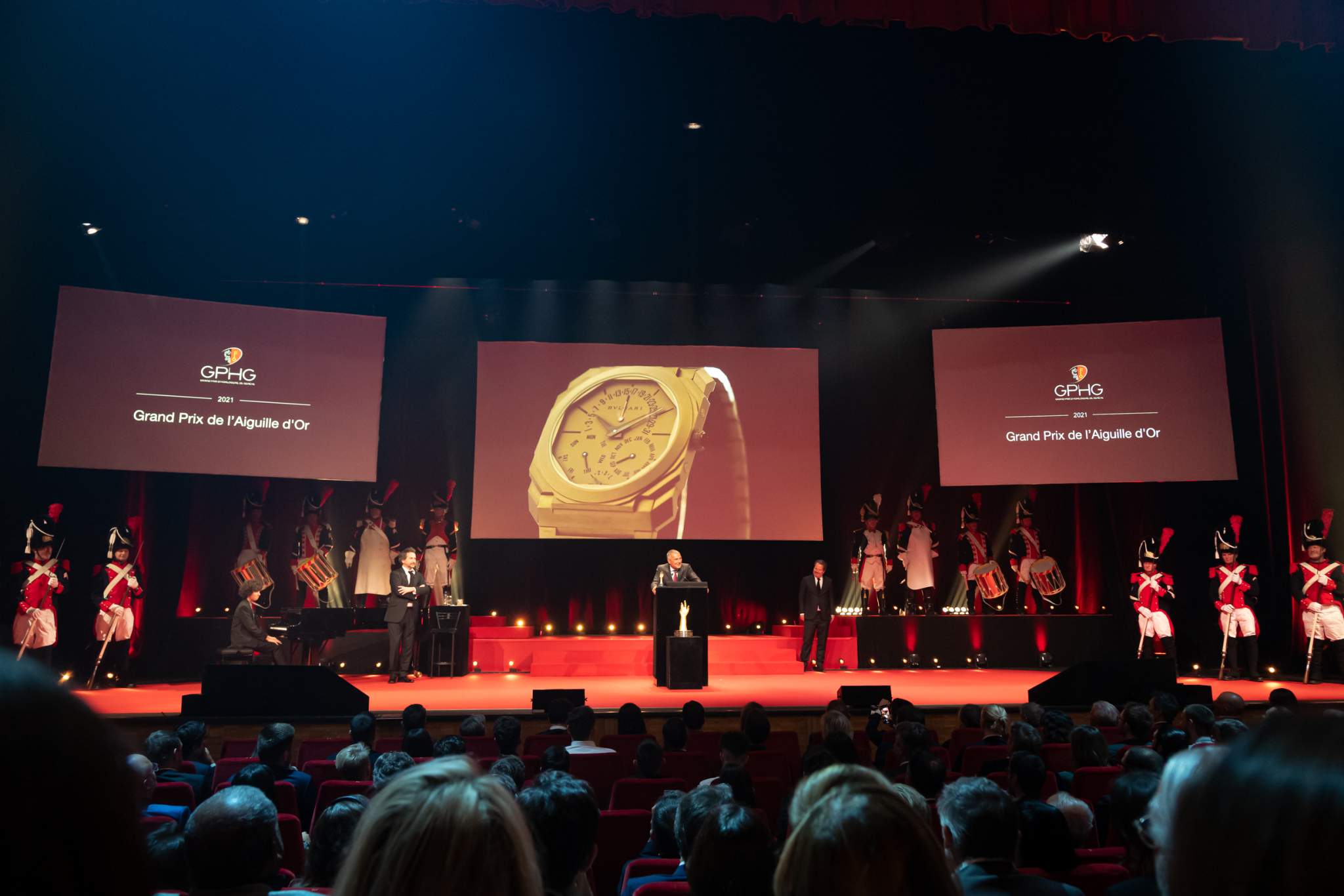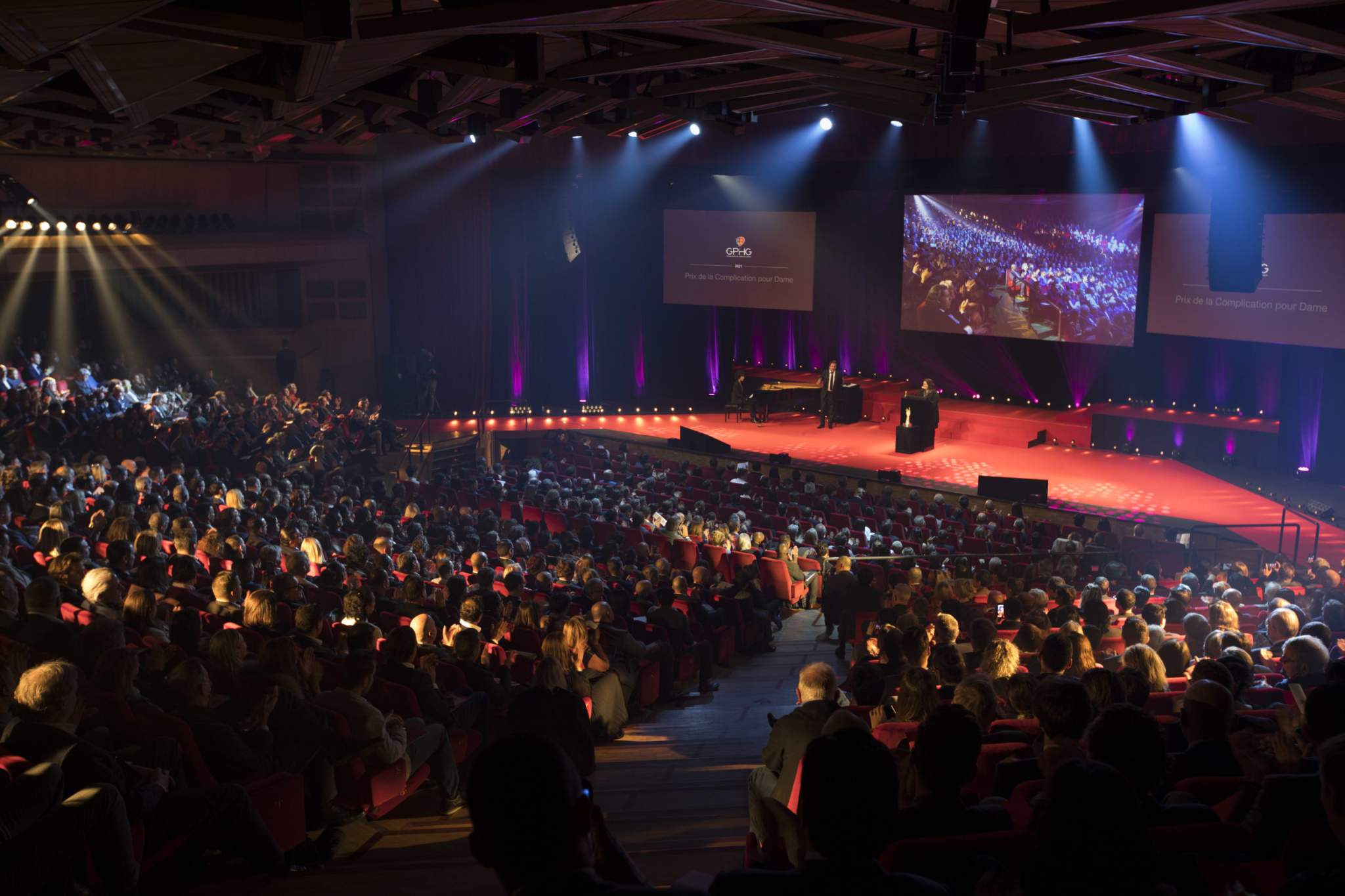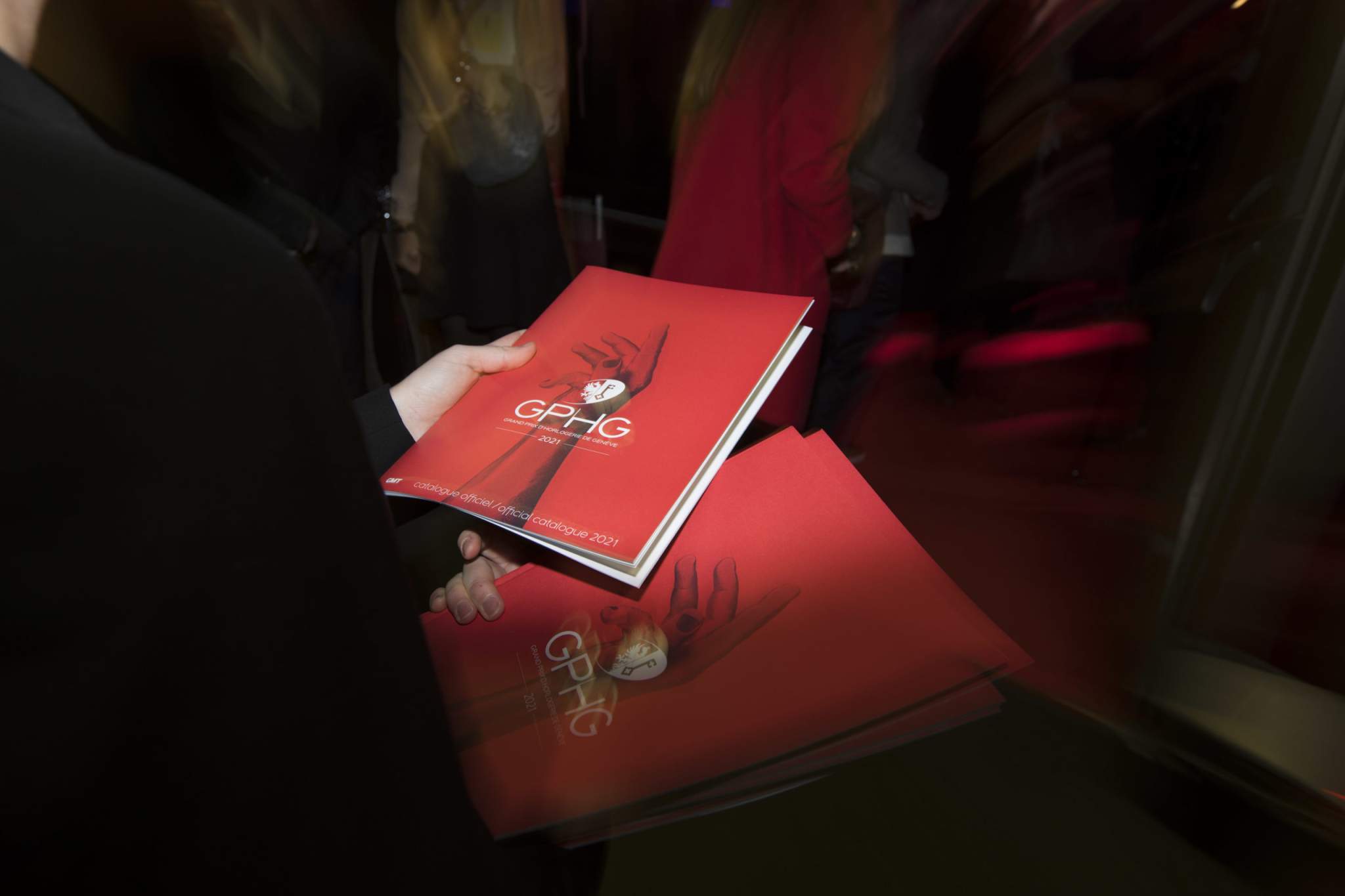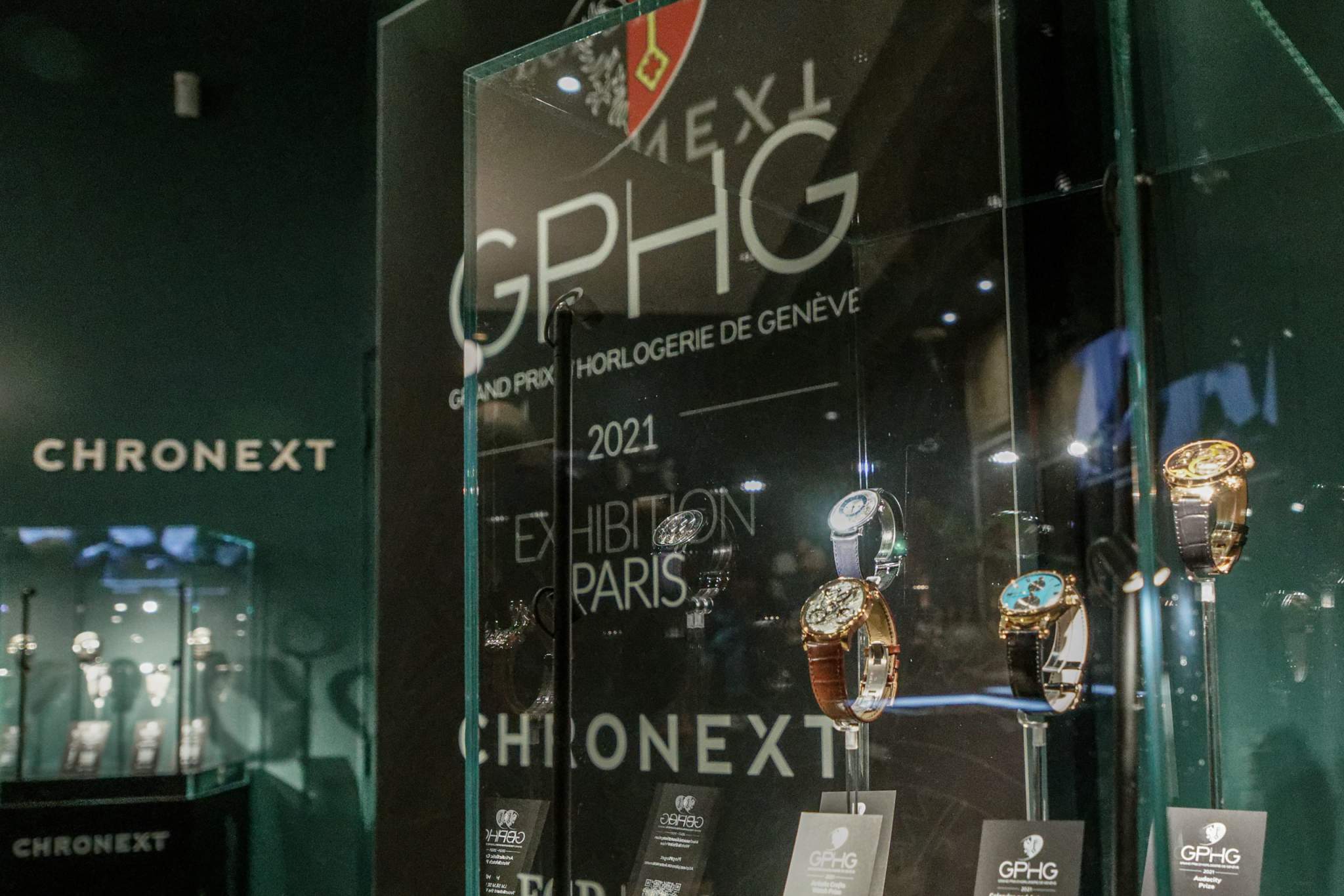Raymond Loretan, President Of The GPHG, About The Latest Developments And Challenges Of The Oscars of Watchmaking
With the 2022 edition of the GPHG upon us, we learn more details from the organisation's president.
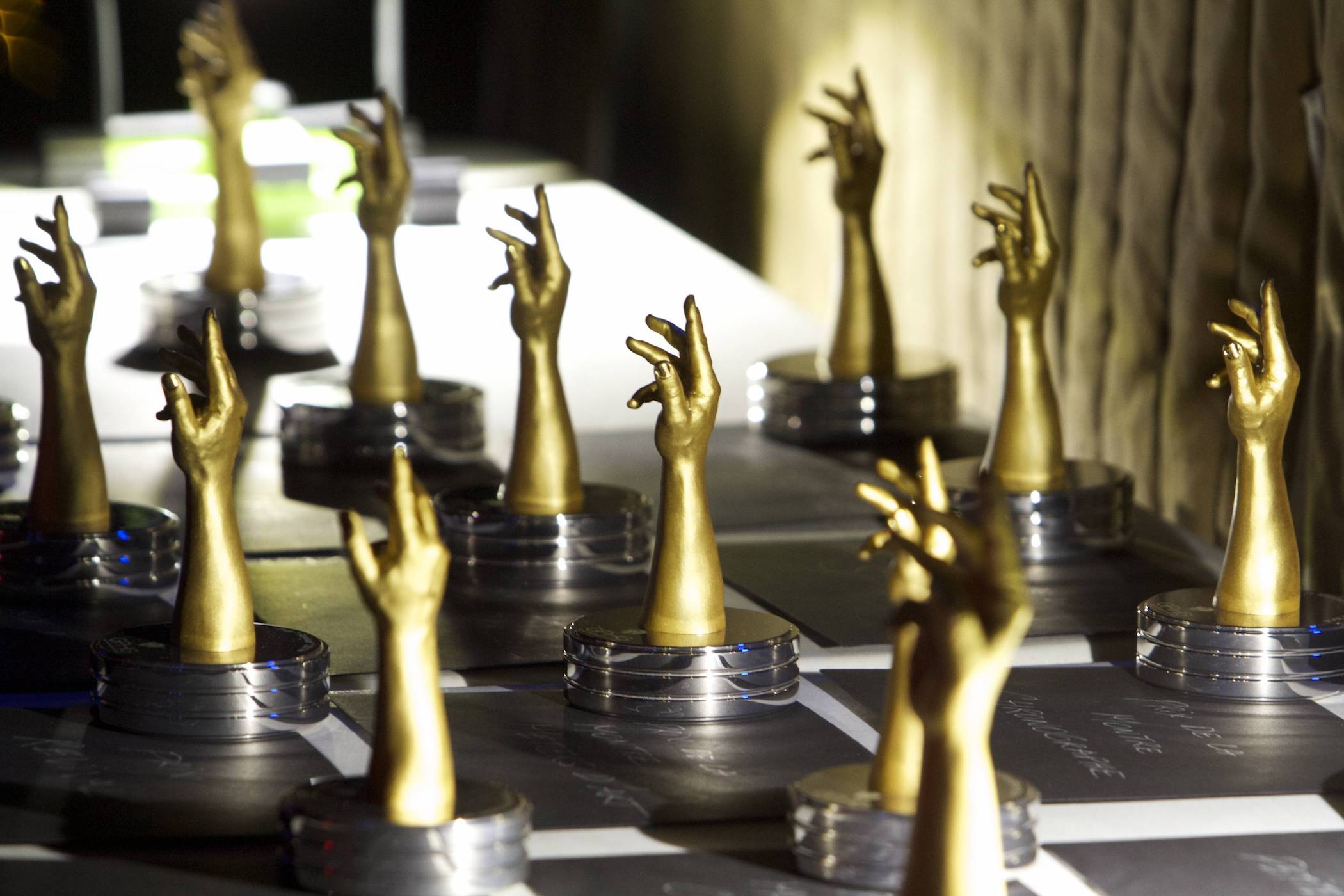
The Grand Prix d’Horlogerie de Genève celebrated its 20th-anniversary last year. In two decades, the GPHG has gained a formidable reputation and is often referred to as the “Oscars of Watchmaking.” Raymond Loretan has been at the helm of the foundation, organising the event for five years now. A few weeks before the 2022 ceremony, we interviewed him to discuss the main changes introduced to the event and what could be next for the Grand Prix.
Xavier Markl, MONOCHROME – You have been at the head of the GPHG foundation for five years now – what brought you there?
Raymond Loretan, President of the GPHG – I had a personal relationship with Carlo Lamprecht, who was the historical figure of GPHG; he convinced me to take over. As a former Ambassador of Switzerland, I have an international background. However, it was during my posting to Singapore that I got closer to the world of watches. I have always had a lot of interest in watches, and since my appointment at the GPHG foundation, I have come across many people I had initially met in Singapore.
Building on what Carlo had created, I think the idea was to reinforce and develop the international exposure of the GPHG. It is a wonderful promotional project for a magnificent sector of our industry and culture.
The GPHG just turned 20; you have been at the head of GPHG for five years now. How do you feel about its evolution?
I think the creation of the Academy was a major step. We started with 300 members. Today we have 650 members. The goal might be to reach 1,000 academicians in 2025. But we enrol people step by step, prudently, checking if all Academicians have the right profile. There is also the idea of creating a junior Academy to associate young people with the GPHG selection.
Things will evolve respecting three principles. The first principle is the neutrality and impartiality of the Grand Prix. I believe the creation of the Academy has reinforced this. With the mechanism in place, neutrality is reinforced with many people voting.
The second principle is universality. We want all watches and all brands at an international level to be associated with the Grand Prix. And this is happening. Swiss brands still represent the majority of the brands in the Grand Prix, but things have evolved. In 2022, we have 40 Swiss brands and 12 brands from other countries
The third principle is solidarity. The idea is to convince all players in the industry that taking part in the Grand Prix is an act of solidarity in the promotion of watchmaking, watchmaking innovation, and artisanal crafts.
All of these principles thrive in the Academy. We have taken an important step by increasing the importance and exposure of the Grand Prix. It takes time, but I think we are in the right direction. We must be pragmatic and realistic about building the organisational structure for this development.
What are the ins and outs of the voting system?
The selection process starts with a call to brands to participate in GHPG. The pre-selection (90 watches and clocks) is made by the Academy, which votes online. Then the 30-member Jury selects the winning watches. This Jury gathers under the supervision of a notary just a few days before the Ceremony. We have the result on Thursday, the day of the Ceremony. The Academy members also vote, representing 30% of the final vote (70% for the Jury). We increased the weight of the Academy members’ votes from 15% to 30% in 2022.
How is the Jury selected?
Fifteen members are randomly drawn from the Academy members under the supervision of a notary, and fifteen members are selected by the Foundation and the President of the Jury. It allows us to keep a certain equilibrium, and I think it works quite well.
Several key brands have not taken part in the GPHG or are no longer taking part in it. How could they be convinced to participate?
I think that the only way to convince people is via the credibility of the Grand Prix. Hence the importance of the Grand Prix principles. The dialogue with these brands is key. We need to engage them with the credibility of the Grand Prix. In the end, this is their choice. I think that solidarity with the industry is key. All of this goes via a credible GPHG and dialogue.
Today, brands submit watches to GPHG votes. Why is this necessary? Could this change?
This is an interesting question. Today, we have a tradition of working in concert with brands. We need support from the brands for practical reasons; we need information and watches on loan for our travelling exhibitions. But this is something that could be questioned. We could select watches without asking brands. But it is probably not a ripe enough strategy at the moment.
Are there other challenges for GPHG?
Our next challenge is the 2022 edition. Each edition is a new challenge. There are some very practical challenges, for instance, our exhibition in India and the complexity of importing watches temporarily to India. We have exhibitions in India, Morocco, and then in Geneva at the Musée Rath. Then there will be the Ceremony. Then there will be two exhibitions to present the winning watches; one in Zurich, Switzerland, in November and one in New York in December.
Then there is the evolution of the Grand Prix. The Ceremony needs to evolve, we have new categories, and we need to adapt the format. The development of the Academy is key too. We have the basis with a secured voting platform. We want to open the Academy to young people. It means we want to work on education. There is so much to do in that field.
Another critical topic is the financing of the GPHG. There is a paradox here. Brands support the foundation via the inscription and the seats they book at the GPHG ceremony dinner. Then we have institutional support. We need to secure this institutional support for financial reasons but also for the credibility and independence of the Grand Prix. We are a non-profit organisation. Then we need sponsors. We have a primary sponsor until the end of 2023, but we need to prepare for the future. This is a concern for us, and we are looking for individuals or institutions that can support the Grand Prix.
For more information, please visit www.gphg.org.

